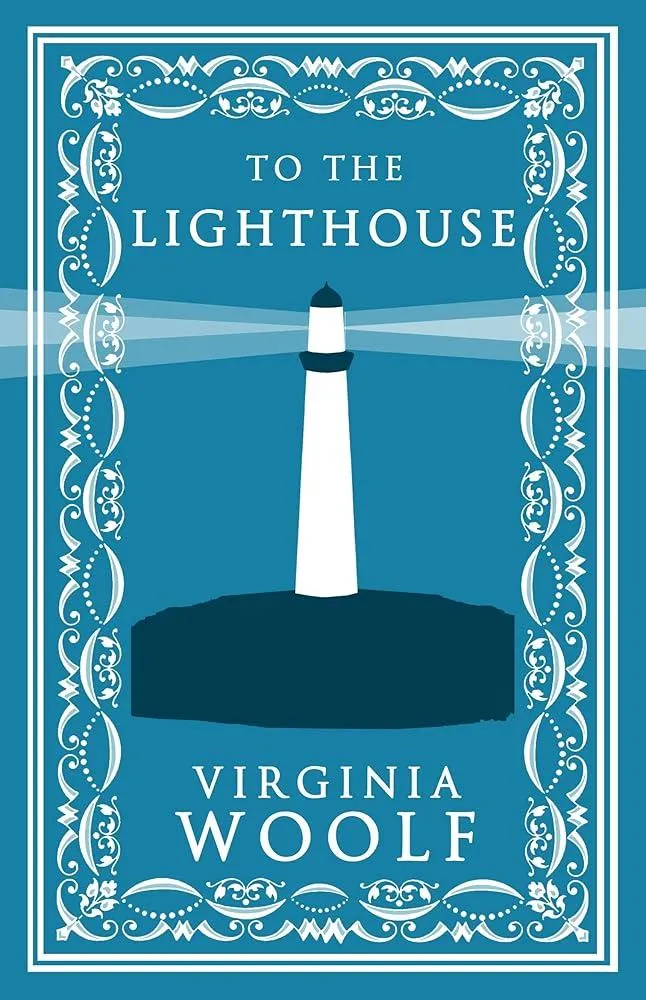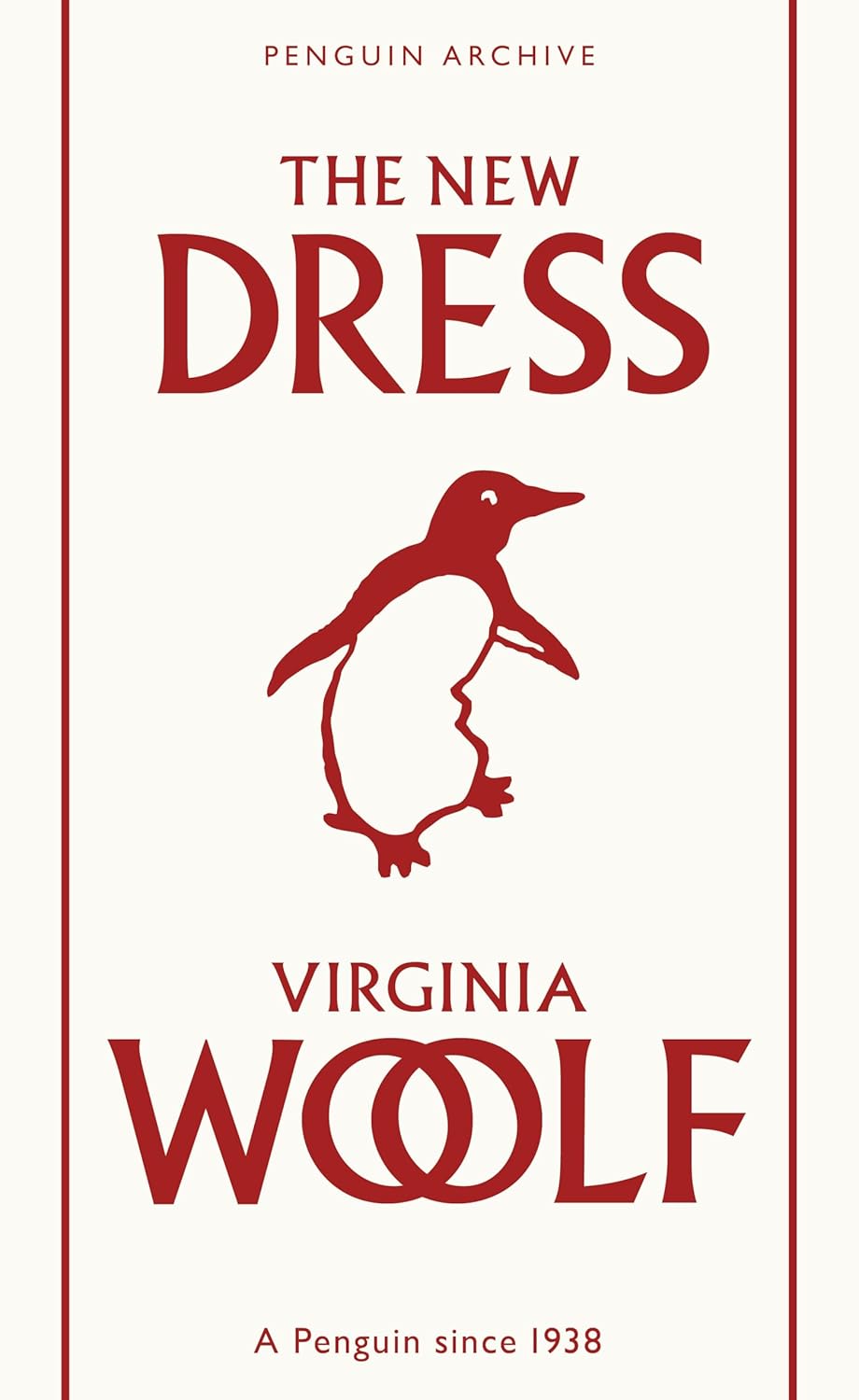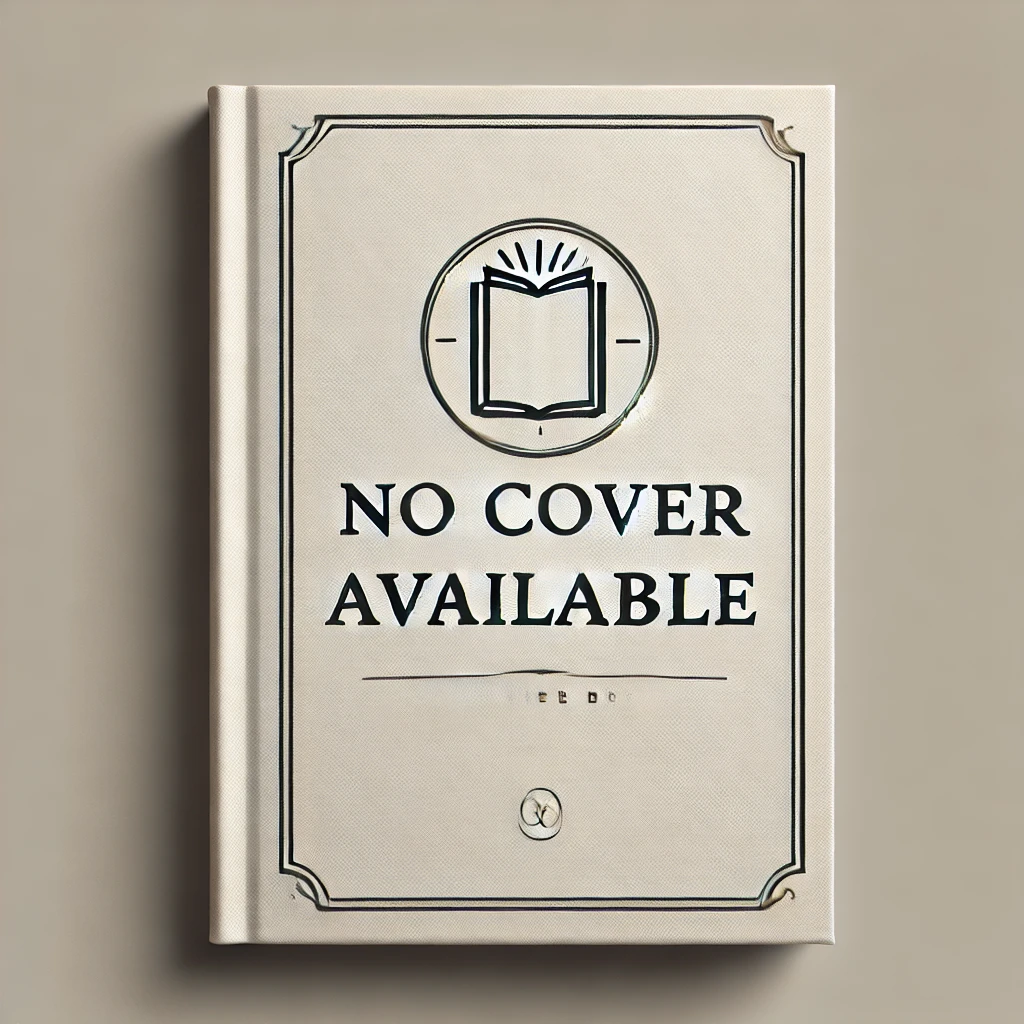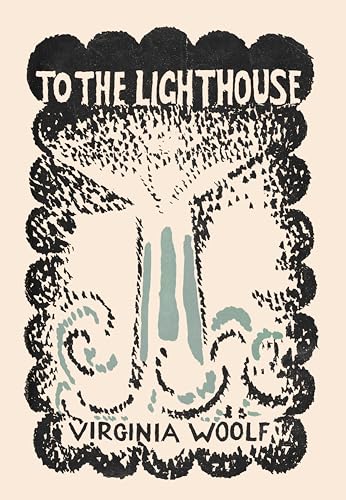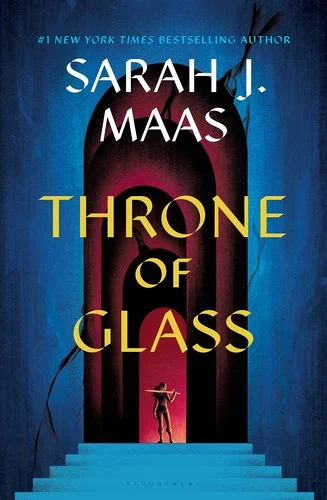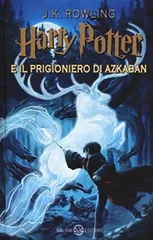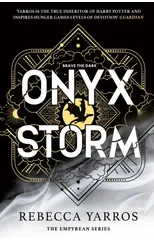When Mrs Ramsay tells her guests at her summer house on the Isle of Skye that they will be able to visit the nearby lighthouse the following day, little does she know that this trip will only be completed ten years later by her husband, and that a gulf of war, grief and loss will have opened in the meantime. As each character tries to readjust their memories and emotions with the shifts of time and reality, this long-delayed excursion will also prove to be a journey of self-discovery and fulfilment for them. Rich in symbolism, daring in style, elegiac in tone and encapsulating Virginia Woolf's ideas on life, art and human relationships, To the Lighthouse is a landmark of twentieth-century literature and one of the high points of early Modernism.
Virginia Woolf
Virginia Woolf was a prominent English writer and modernist literary figure. Known for her stream-of-consciousness writing style, she challenged traditional narrative structures and explored themes of gender, class, and mental health in her works. Some of her most notable works include "Mrs. Dalloway," "To the Lighthouse," and "Orlando." Woolf's contributions to literature include her innovative approach to character development and narrative technique, as well as her exploration of the inner lives of her characters. Her most famous work, "Mrs. Dalloway," is considered a masterpiece of modernist literature and a reflection of Woolf's unique literary voice. Woolf's impact on the literary genre is undeniable, as she paved the way for future generations of writers to experiment with form and style in their own works.
